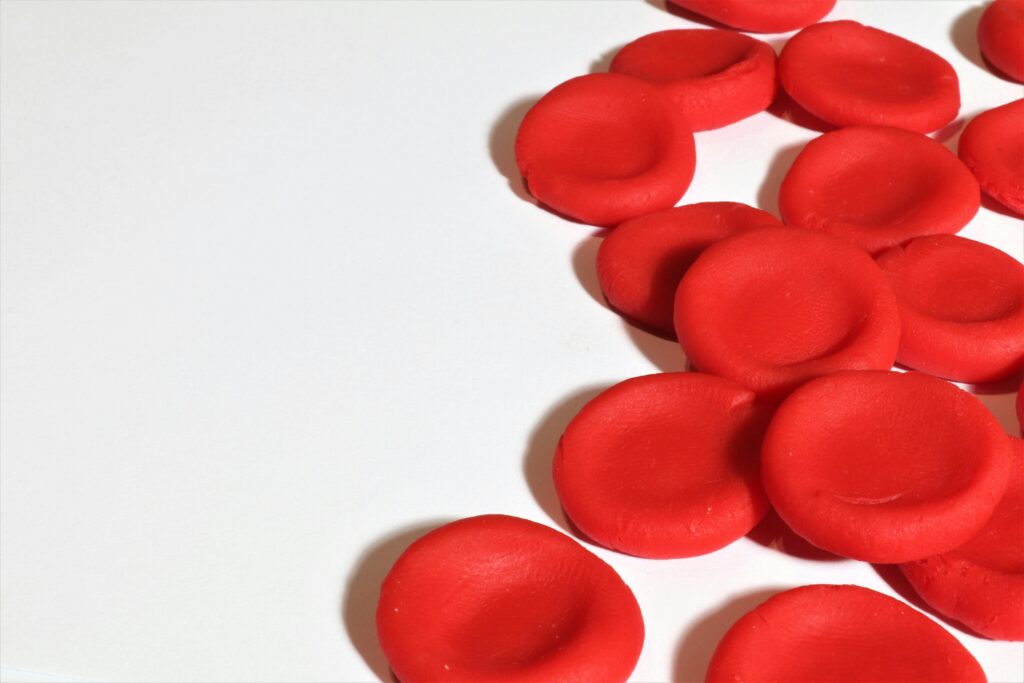Jaundice in newborn is a clinical appearance of yellowish discoloration first seen on face,tip of nose and nasolabial face of newborns which indicates of increased bilirubin levels in blood more than 5 mg/dl.
It is also been detected by applying digital pressure on skin under sunlight. It is found that almost 60% of newborns and 80% of preterm have bilirubin levels greater than 5 mg/dl in their first week of life.
Types of Jaundice in newborns
- Physiological Jaundice
- Pathological Jaundice
Physiological Jaundice
- Appears between 30-72 hrs of term newborns and in preterm for about 24hrs.
- Intensifies on 4th day in term newborns and 5-6th day in preterm newborns.
- Serum bilirubin may not exceed more than 15 mg/dl.
- Subsides spontaneously.

Pathological Jaundice
- Appears in 5% newborns
- May appears for more than 72 hours
Causes of Pathological Jaundice
- Excessive destruction of RBC’s
- Defective conjugation of bilirubin
- Failure to excrete the conjugated bilirubin
- Other factors include – Viral hepatitis,toxoplasmosis, malaria, intrauterine infection, maternal diabetes, anoxia, concealed hemorrhage,Cephalohematoma, intracranial hemorrhage, drug therapy.
Care of Newborn during Jaundice
- Exclusive breastfeeding is essential for newborns as some newborns are likely to get phototherapy.
- Adequate hydration and nutrition of mothers.
- Inspect for signs of fever and contact to doctor immediately.

Jaundice in newborns
